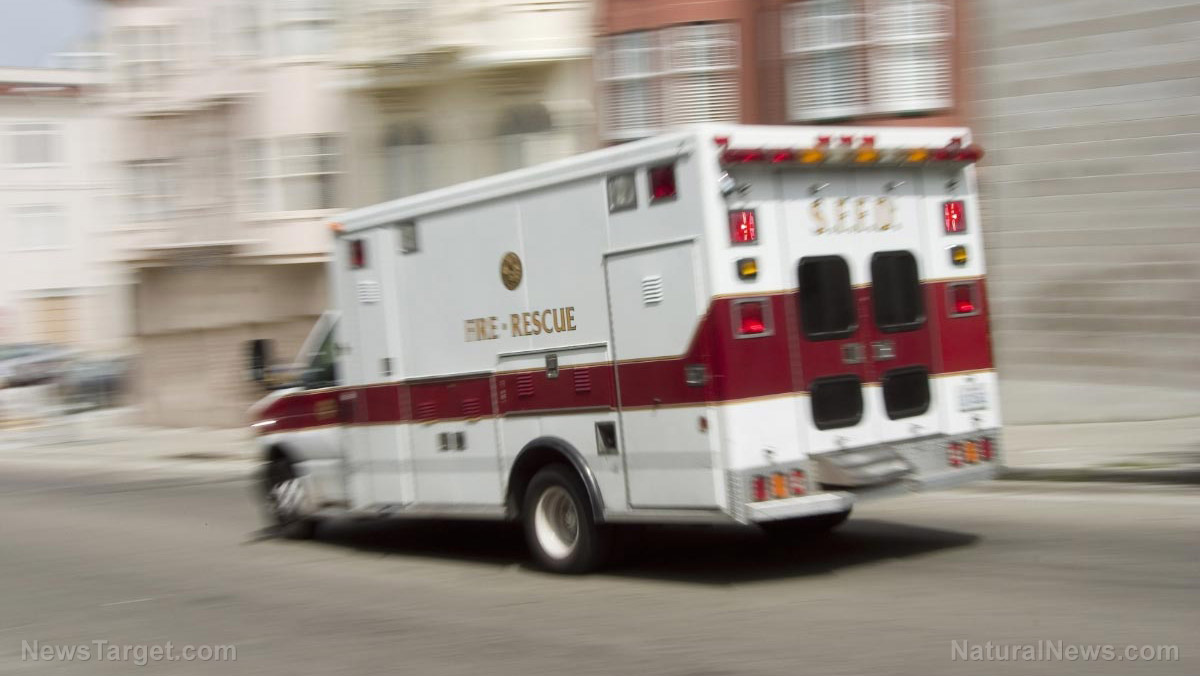
The study from the Johns Hopkins University School of Medicine finds that victims of penetrating injuries such as gunshots and stabbings are 62 percent less likely to die when they are taken to the trauma center by a private vehicle rather than through emergency medical services (EMS).
“Time is truly of the essence when it comes to certain kinds of injuries and our analysis suggests that, for penetrating injuries such as knife and gun wounds, it might be better to just get to a trauma center as soon as possible in whatever way possible,” says Elliott Haut, senior author of the study and an associate professor of surgery and emergency medicine at the John Hopkins University School of Medicine.
The study, published in JAMA Surgery, highlights the importance of studying the effects of transport, EMS, and other pre-hospital interventions by specific injury types.
Findings reveal that more patients died when they were transported to the hospital by an ambulance, about 11.6 mortality rate, compared to the 2.2 percent in private vehicles.
For gunshot victims, only about 4.5 percent who came via a private car died, compared to the 19.3 percent who came via ambulance. Meanwhile, 0.2 percent of the stab victims who came by a private vehicle died, compared to the 2.9 percent of those who came through an ambulance.
Although Haut acknowledges that more research needs to be conducted before declaring one type of transport superior to another, he suggests that other types of transportation is better than getting an ambulance
“For certain types of injury, it might be best to call the police, Uber or a cab — however you can get to the trauma center fastest,” he says.
Earlier this year, it was reported by the Daily Mail that there has been a rise of Uber drivers taking their passengers to the hospital. This is because more people are opting for ride share instead of calling an ambulance for their medical services.
Several reasons why riders choose a hail-cab service instead of EMS are because of the short wait time, low cost, and a choice of hospital. (Related: Why you should think twice before calling an ambulance.)
Haut also says that some researchers have rarely evaluated or compared all of the effects of system-driven prehospitalization policies, leaving ideal prehospital care strategies undefined.
“Unlike CPR and defibrillation for heart attacks, the type of damage done in penetrating trauma often can't be reversed in a prehospital setting. This study supports other studies that prehospital interventions can actually result in less favorable outcomes for certain types of injuries,” says the study's first author Michael W. Wandling, an American College of Surgeons Clinical Scholar in Residence and a general surgery resident at the Northwestern University Feinberg School of Medicine.
The researchers analyzed the relationship between transport mode and in-hospital mortality, or death in the emergency department and prior to discharge, on a city-by-city trauma system level.
They analyzed data of 103,029 patients at least 16 years old who entered a U.S. trauma center between Jan. 1, 2010 and Dec. 31, 2012 for a gunshot or stab wound and were transported to the trauma center by ambulance or private vehicle.
They examined data from the American College of Surgeons National Trauma Data Bank, the largest available collection of the United States trauma registry data.
Read more news like this at Research.news.
Sources include:
Please contact us for more information.























